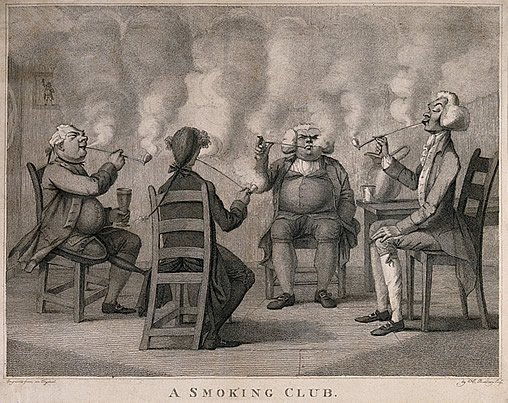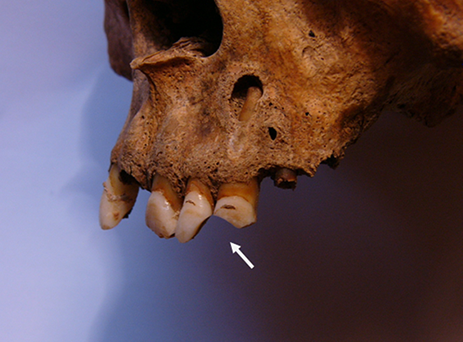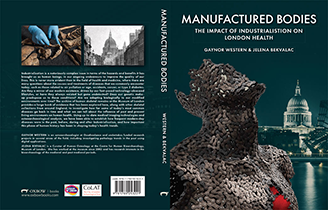Smoking
London was pivotal in the tobacco trade since James I decreed that tobacco could only be imported into the City.
Clay tobacco pipes could also only be manufactured by makers under Royal Charter in Westminster. In 1634, however, Charles I relaxed these restrictions to include England and Wales and formed what is known today known as the Worshipful Company of Tobacco Pipe Makers and Tobacco Blenders’, which is still based in London.
Smoking quickly became a fashionable habit in well-to-do social circles, at this time being quite expensive. It was very much an integral part of socialising at the Gentleman’s clubs, undertaken as part of the pursuit of intellectualism and discussion of current affairs. In the wrong hands, however, smoking was seen as vulgar, and women who smoked pipes could be judged as having all the attributes of a prostitute. Nonetheless, smoking in more common settings was seen as part of hospitality and communality.
Smoking came very much hand in hand with industrialisation because overseas trade and colonialism led to increased imports of tobacco, and as a result of that, tobacco was getting cheaper. By the 1840’s London Dock housed tobacco warehouses that covered 5 acres, such was its popularity. Tobacco shops sprang up all over London and pipe manufacturing became a substantial industry, with free clay pipes being provided at inns.
In skeletal remains, we can identify someone who has been habitually smoking using a clay pipe for a long time because gripping onto the pipe eventually creates a groove in the teeth. Tar staining on the teeth may also be seen.
The presence of these pipe grooves in the skeletal remains indicated that between 10% and 11% of our sample were habitual tobacco pipe smokers and that this was consistent in both the London populations as well as those in rural towns and villages. Although considerably more males had pipe smoking grooves than females in both populations, smoking was equally popular in our high and low status groups.
What was quite surprising is that we found no evidence of an increased risk of mortality with pipe-smoking amongst our groups, and that social status was the key influencing factor for risk of premature death. Today, we know medically that smoking tobacco is very harmful to health, leading to many issues including increased risk of lung cancer. However, in the past, it seems that air quality was so poor during industrialisation, that we can’t detect the health effects of smoking from rib lesions in human skeletons. Today, because we breathe much cleaner air, the effects of smoking have become abundantly clear.
Next: Air pollution today










